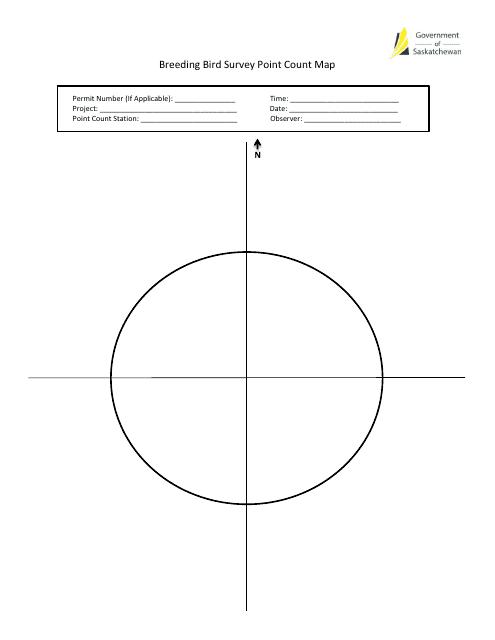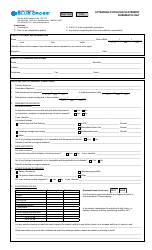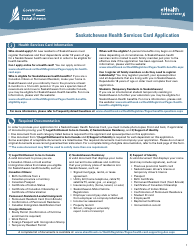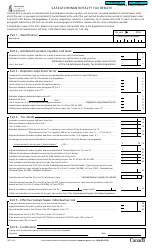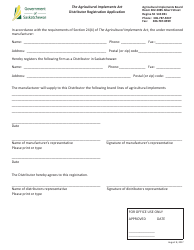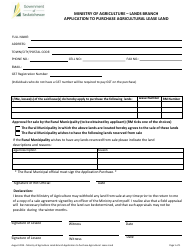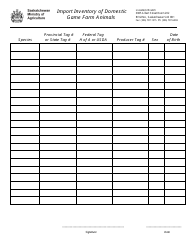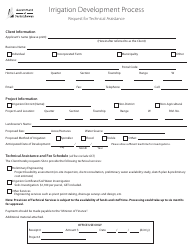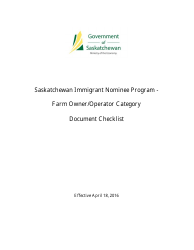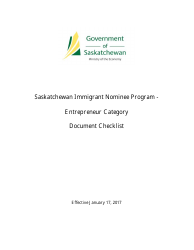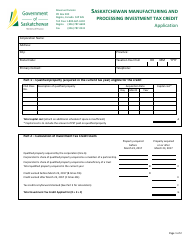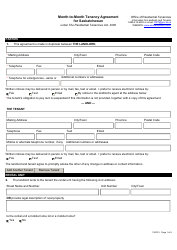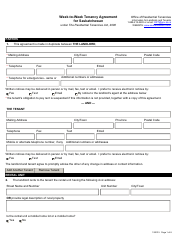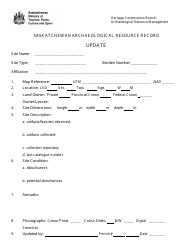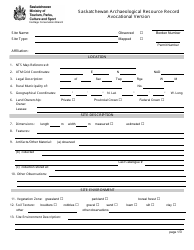Breeding Bird Survey Point Count Map - Saskatchewan, Canada
The Breeding Bird Survey Point Count Map in Saskatchewan, Canada is used to track the population and distribution of bird species during the breeding season. It helps researchers and conservationists monitor changes in bird populations and inform wildlife management decisions.
The Breeding Bird Survey Point Count Map in Saskatchewan, Canada is typically filed by the respective provincial wildlife agency or a designated organization responsible for monitoring bird populations.
FAQ
Q: What is the Breeding Bird Survey?
A: The Breeding Bird Survey (BBS) is a program that monitors the population and distribution of breeding birds in North America.
Q: What is a Point Count Map?
A: A Point Count Map is a representation of survey points used in the BBS, showing where bird observation stations are located.
Q: What is the purpose of the Breeding Bird Survey?
A: The purpose of the BBS is to collect data on bird populations to assess their status, track trends, and inform conservation and management efforts.
Q: Why is Saskatchewan included in the survey?
A: Saskatchewan is included in the survey because it is an important breeding area for many bird species due to its diverse habitats.
Q: How are the surveys conducted?
A: Surveys are conducted by skilled observers who visit designated survey points and record all the birds they see or hear during a set period of time.
Q: Who participates in the Breeding Bird Survey?
A: The BBS is conducted by a partnership between the Canadian Wildlife Service, the United States Geological Survey, and many dedicated volunteer observers.
Q: Can anyone participate in the survey?
A: Yes, anyone with bird identification skills can participate as a volunteer observer in the BBS.
Q: What are the benefits of participating in the survey?
A: Participating in the BBS allows individuals to contribute to bird conservation efforts, learn more about birds and their habitats, and enjoy being outdoors.
Q: Are there similar surveys in the United States?
A: Yes, in the United States, there is a similar survey called the North American Breeding Bird Survey (BBS) conducted by the United States Geological Survey and the United States Fish and Wildlife Service.
